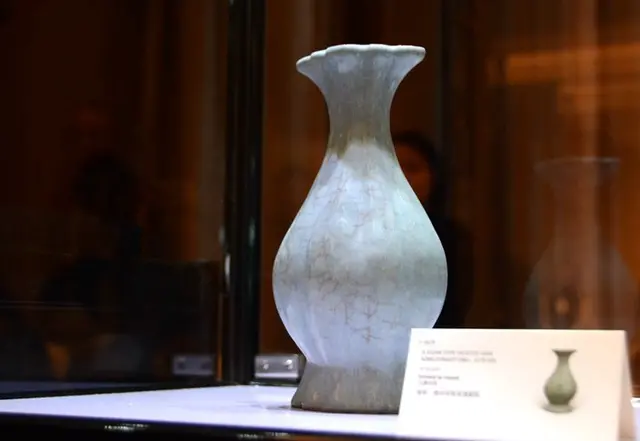China's central bank removed the deposit rate ceiling when it announced cuts to both interest rates and bank reserves on Friday, as it presses ahead with financial reforms amid a slowing economy.
Prior to Friday's announcement, banks operating in China could only float their interest rates within a certain range of the benchmark set by the central bank. Previous rate cuts this year had been coupled with moves to broaden this upper limit.
Following the announcement, many small- and medium-sized banks have floated their deposit rates around 30 percent above the benchmark to 2 percent. This compares with about 17 percent bump to 1.75 percent for China's five largest state-owned lenders.
"The abolishment of the deposit rate ceiling is a major step in interest rate liberalization. This move is also important as it sends a clear message that reform is not being halted despite economic and market turbulence," Goldman Sachs economist Song Yu said in a research note.
China's economic growth in the third quarter dipped to a six year low of 6.9 percent. The People's Bank of China (PBOC), the central bank, has cut benchmark interest rates six times since last November. The one year deposit rate has dropped from 3 percent to 1.5 percent.
The world's second largest economy is navigating the seas of a difficult transition to a more service and innovation driven growth model, and reform of the financial system has been pegged as a key to ensuring more efficient and market-based resource allocation.
Interest rate liberalization is among the most crucial of China's financial reform. Chinese regulators have removed the loan rate floor in 2013, and allowed banks to issue certificate of deposits at negotiated interest rates. The removal of the deposit rate ceiling is viewed as the last hurdle toward free-floated rates.
While analysts welcome the PBOC's move, many say China is still a long way from forming a market-based rate system as it needs to nurture a new pricing scheme to reflect supply and demand dynamics.
Following the abolishment of the loan rate floor, the central bank asked state lenders and some commercial banks for daily reports on the interest rate they charged their best client. This was used to calculate the new loan rate benchmark. The rate, called Loan Prime Rate, indicates the price of one-year loan.
The removal of the rate ceiling should be followed by the establishment of a new policy rates and reforms that make market participants more rate-sensitive and the transmission mechanism more effective, said Zhang Wenlang, an analyst with CITIC Securities.
Wang Tao, chief China economist at UBS, said such reforms include refraining from the "make whole" rescue for distressed assets prevalent in the market and state-owned enterprises, and improving pricing tools in monetary policies.
In a statement on Monday, the PBOC said the eventual aim is to no longer publish the benchmark rate.
"Liberalization allows interest rates to truly reflect supply and demand in the market and serves as a policy reference for the central bank. This will facilitate the transition of policy adjustments from quantitative to price-based," the PBOC said.
The central bank also added that going forward, its rate adjustment will rely more on market-based monetary tools.
 简体中文
简体中文

